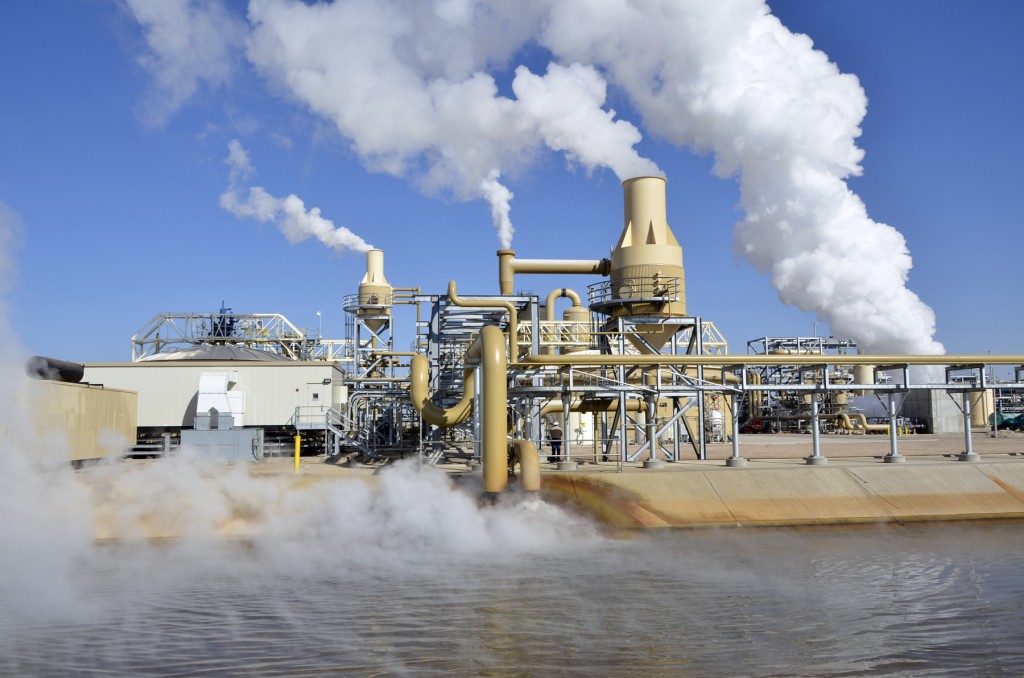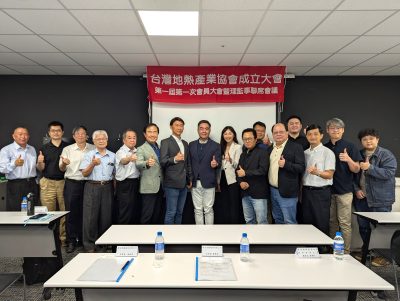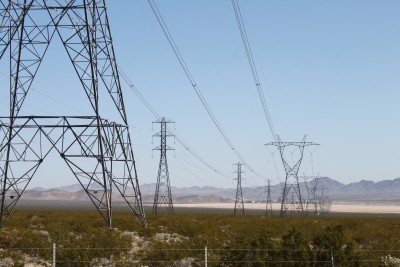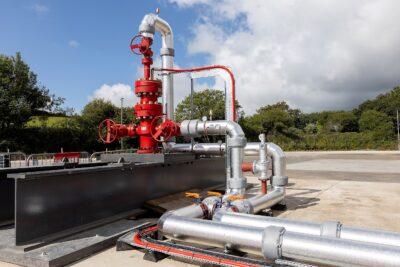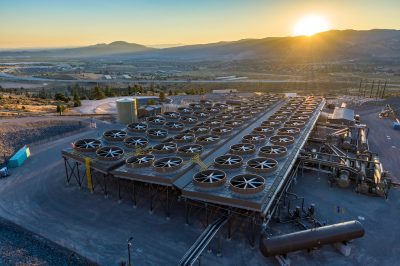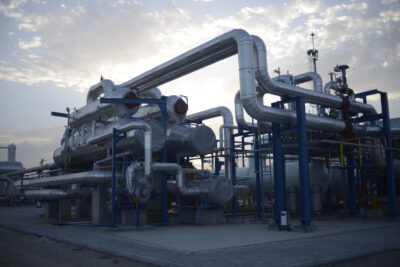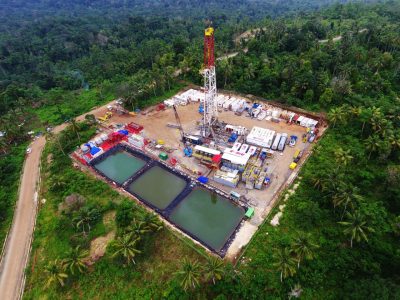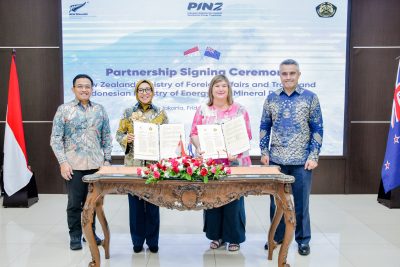U.S. DOE: Geothermal and iPads – providing rare earths and critical materials
Rare earths and critical materials are becoming more and more important for a technology driven future, e.g. for batteries in smart phones and more. With geothermal brine being a possible source of those it could play a major role in the future.
The U.S. Department of Energy (DOE) continues to invest in clean energy technologies to strengthen our domestic energy independence. To improve technologies from the onset, the Geothermal Technologies Office is focusing on rare earths and critical materials recovery—the building blocks in many clean energy applications.
In a recent article, DOE describes how “In the Future, Your iPad Could Come from Geothermal”, providing facts about critical materials.
Fact 1: Critical materials play a fundamental role in clean energy technologies
Critical materials—considered “critical” if they have supply challenges, such as a small global market, lack of supply diversity, or geopolitical risks—are key resources needed to manufacture products. For many modern defense and industrial technologies these materials are also essential.
Critical materials—lithium, manganese and some rare-earth elements—play a vital role in producing many clean energy technologies, including solar panels, wind turbines, electric vehicles, and energy-saving lighting and energy storage. For example, rare-earth elements are used in devices such as iPads, smartphones and flat-screen televisions; indium is present in the liquid crystal displays of many of the same devices. Manganese is essential for hardening iron into steel and reducing corrosion in aluminium cans. Many clean energy technologies, including wind turbines, energy-efficient lighting, electric vehicles, and thin-film solar cells require various critical materials to function.
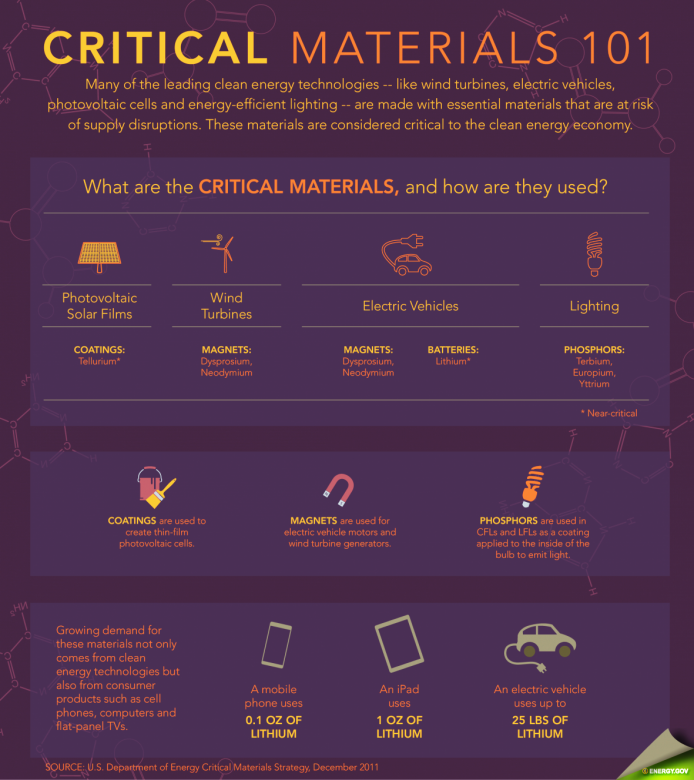
Fact 2: The U.S. is a large consumer but small producer of many critical materials
Only a few nations dominate and control the global mining industry for many critical materials. The U.S. imports many critical materials necessary to expand clean energy technologies.
Critical material supply is important as limited supplies raise the cost of the material or can limit the ability to build key components. Developing reliable supplies are essential since many of these products are needed for defense and other US industries. One example is lithium, essential for the batteries in electric cars where demand is expected to surge; a US supply of this mineral could keep costs low, ensure availability of the products, and expand US businesses.
The concern over adequate supplies of critical materials is one that stretches across many government agencies, including DOE and the Department of Defense. In 2015, the U.S. Geological Survey (USGS) developed an early warning screening tool planners can use to identify critical materials – detecting supply constraints before they occur.
Additionally, DOE is researching ways to increase the supply of critical materials as well as research alternatives that are lower cost or more available.
Fact 3: DOE is advancing technologies for recovering critical materials
DOE is pursuing a range of research and development efforts to secure and diversify the supply of critical materials, identify substitute materials, and develop better ways to recycle them. One exciting area of this research is examining how to recover critical materials from fluids or “brine” produced from the Earth’s subsurface by geothermal and other energy or mining projects.
Some critical materials may be found in the fluids produced by geothermal power operations or prospective geothermal projects. Geothermal brine naturally contains rare earth elements, critical materials, and other metals leached from rocks deep in the earth. By extracting and purifying these critical materials, we can potentially improve the economic and production benefits of geothermal energy projects, making them more cost-effective at a wider range of locations.
Examining how to economically recover these dissolved materials represents will help secure and diversify the supply of critical materials, identify substitute materials, and develop better ways to recycle these materials. Improving these technologies will not only create another revenue source for geothermal energy, it will assist in pushing the renewable energy forward for domestic use and could also lessen our foreign dependence on importing such materials, increasing our nation’s stability.
Source: U.S. Department of Energy
